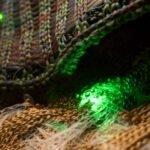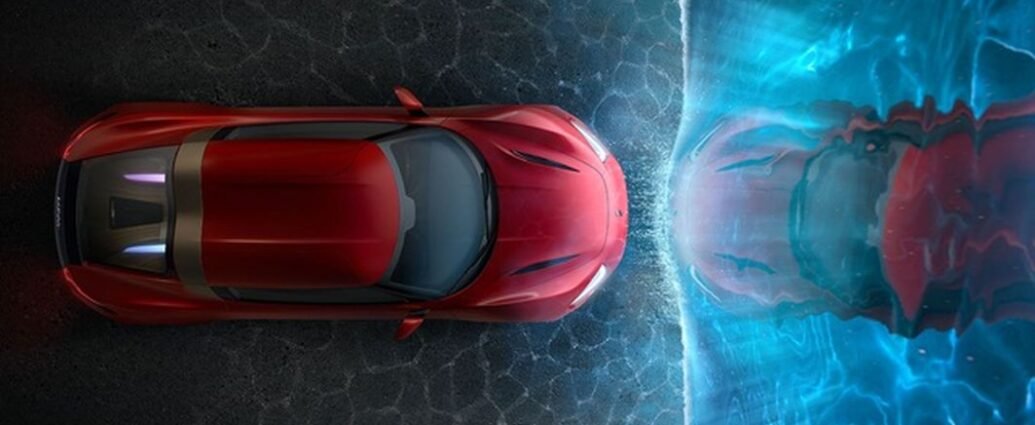The idea of a flow battery electric car is not as crazy as it may seem. The tech firm nanoFlowcell has established a US office to promote its new QUANTiNO twentyfive electric car, which uses flow battery technology. The company is now planning to create a flow battery ecosystem in the US to produce the necessary fluids for these batteries.
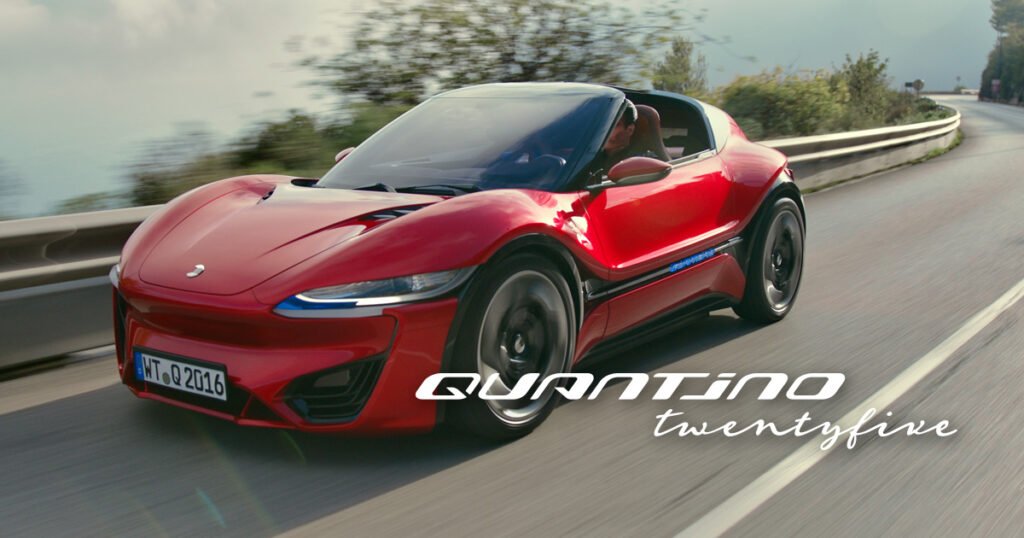
Flow battery is a type of electric car technology that uses two fluids separated by a membrane to generate electricity. The fluids are stored in separate tanks until needed. These batteries offer several advantages over lithium-ion batteries, such as being non-toxic, non-flammable, providing longer range, and quicker refueling. However, the implementation of flow batteries is not a straightforward process.
Flow batteries have been around for a while, but they used to be too big for cars because they didn’t store enough energy. However, recent advancements have made them a good option for storing energy for long periods of time, but they are still not small enough for mobile applications.
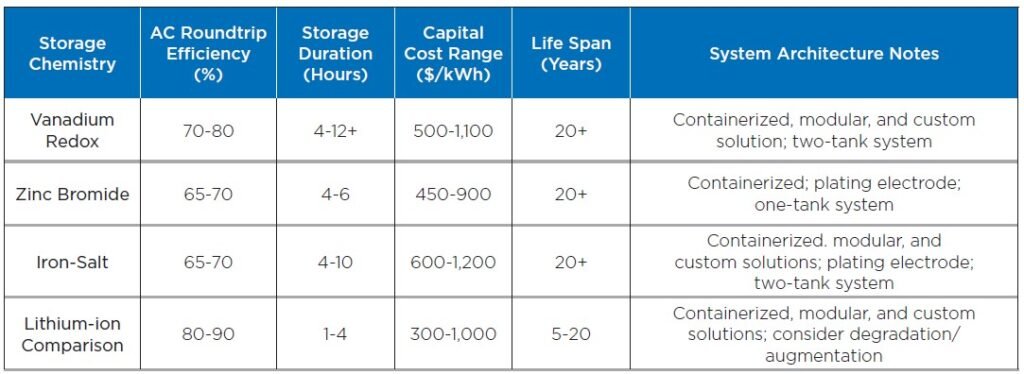
Despite the existing challenges, scientists continue to work towards improving energy density. They have made progress in developing small-scale flow batteries for home energy storage and now nanoFlowcell has introduced a new electric car.
In 2019, NFC’s QUANTiNO test vehicle had been driven for 10,000 hours and covered nearly 220,000 miles without any damage or wear to its flow battery. After some delays caused by the pandemic, the newest QUANTiNO electric car is finally complete. Unlike the test car, the tanks carrying the electrolyte fluid are now integrated into the car’s body, allowing for a driving range of up to 2,000 kilometers (1,242 miles) on one tank of fuel.
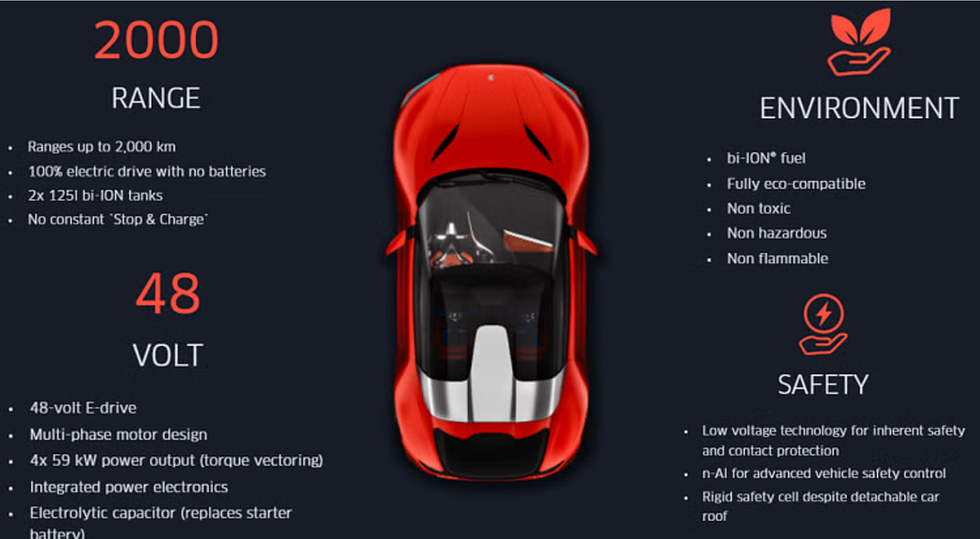
In December 2022, NFC revealed their plan to establish a US subsidiary called NFC in New York City. Apart from electric cars, their strategy involves incorporating stationary energy storage and robotics.
However, the main focus remains on the car, specifically multiple cars. The US division has been assigned the responsibility of developing strategies for mass production of QUANT E-models and building a bi-ION® production facility on a large scale, according to the company.
As for what bi-ION is, that’s a good question. It’s basically saltwater, but not just ordinary saltwater.
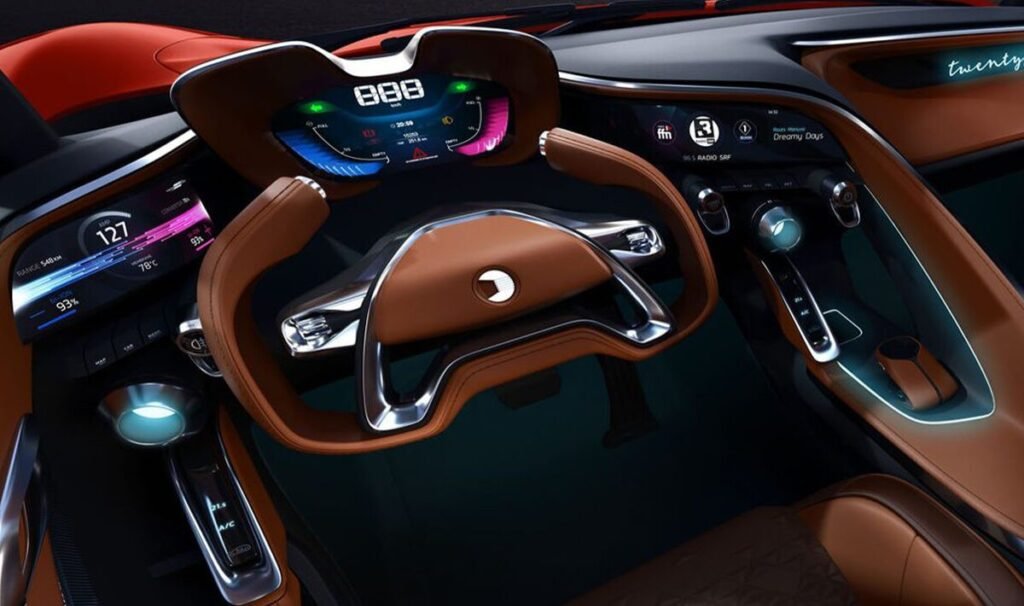
NFC explains that the production process starts with an energy efficient water purification step that avoids stressing potable water resources. It can be used on seawater or even heavily polluted wastewater.
The purified water is then treated with both metallic and non-metallic salts. The secret sauce is the proprietary bi-ION molecule, which NFC describes as a “specifically designed energy carrier.” The company also emphasizes that its formula is refillable, making it possible to fuel up quickly rather than waiting around for the battery solution to recharge.
Reference- Interesting Engineering, NFC PR & Online Newsroom, Clean Technica, Futurism, Inside EVs




